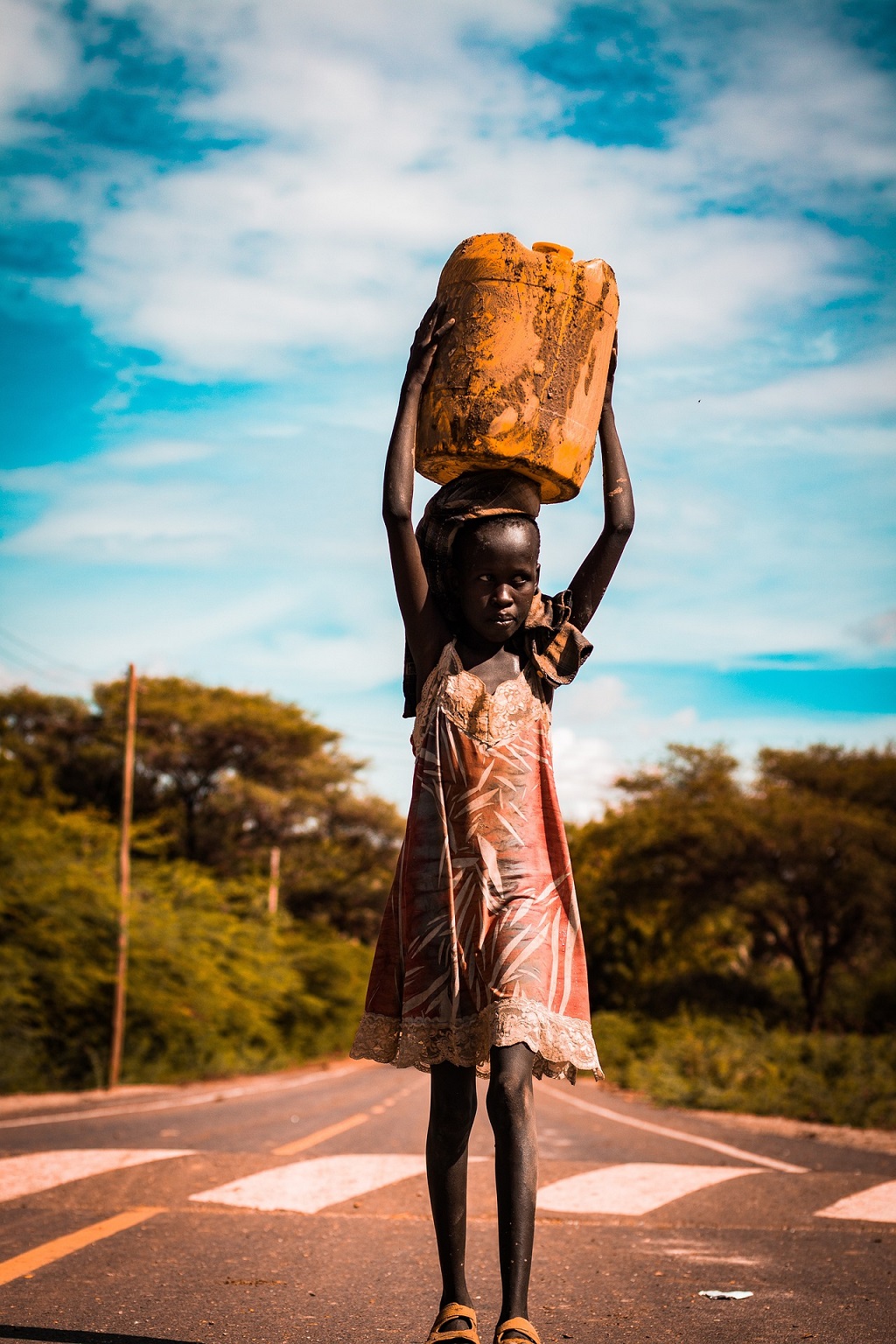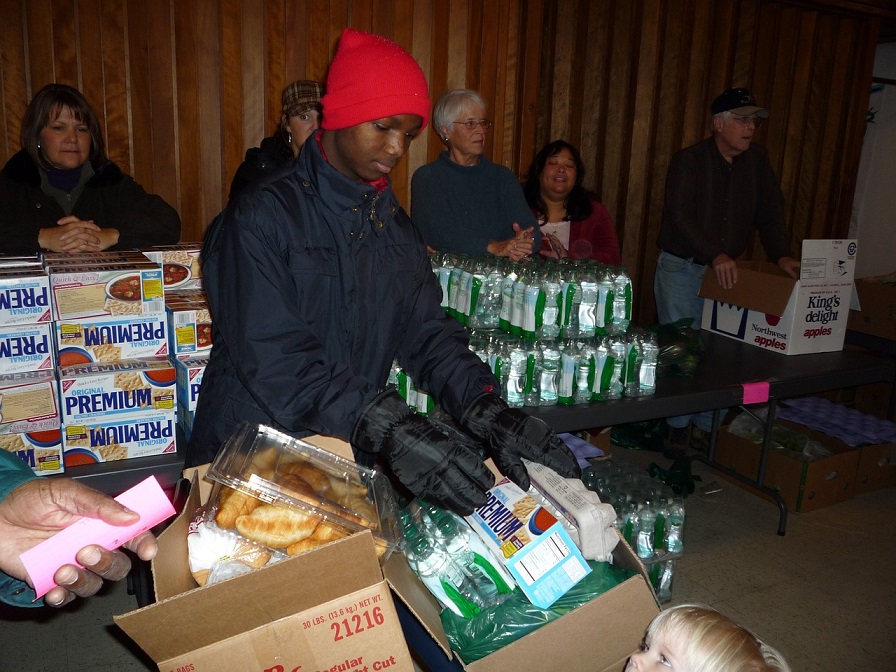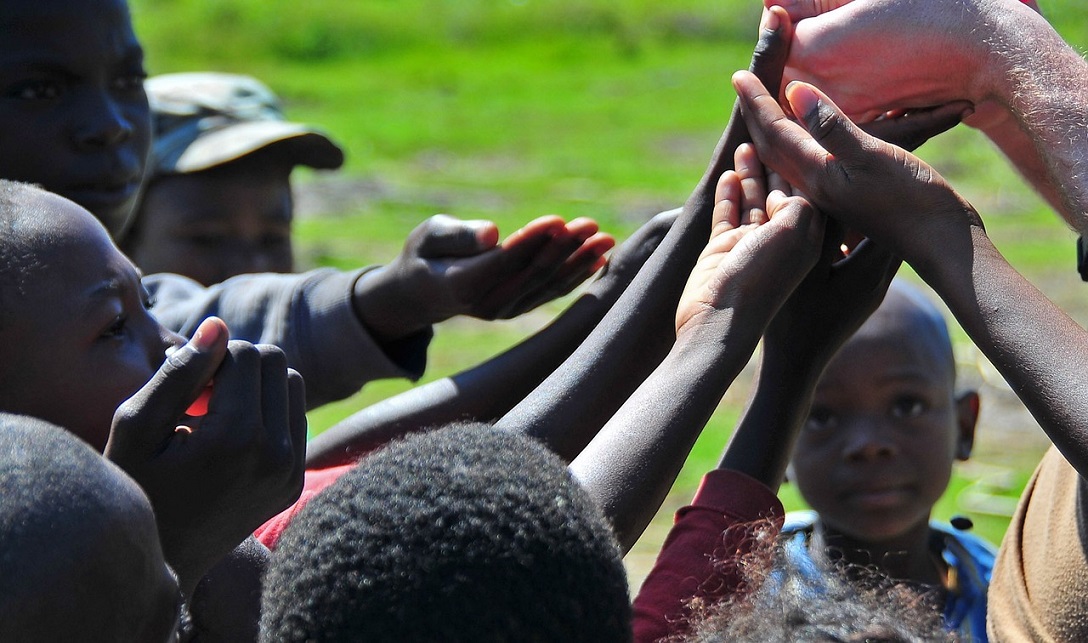Food insecurity could affect almost half of the population in the coming months, through illnesses and deaths: in 2022, drought caused some 43,000 deaths, of which half were minors under five years old. Migration and the danger of spreading disease is increasing.
 Julio Morejón Tartabull
Julio Morejón Tartabull
This is how it was reported by the World Health Organisation (WHO) and the United Nations Children’s Fund (UNICEF), organisations for which the drought is the source of a serious shortage of resources.
Although precipitation in some regions in the period March-May alleviated the situation, this will continue to be a complex issue as the rains caused floods, which had an impact on the increasing nutritional deficit.
Estimates from public agencies indicate that rising river levels displaced more than 220,000 people, now requiring humanitarian support. This migration also increases the danger of spreading disease.
The Somalia Humanitarian Fund (SHF) granted 25 million dollars to provide vital assistance to communities hit by drought, while the Central Emergency Response Fund (CERF) contributed $18 million to prevent famine.
These supplementary monetary allocations of $43 million form part of the support from the Humanitarian Response Plan (HRP) for this year, when there is a general deterioration in the means of subsistence.
With these funds, it is anticipated that it will strengthen the relief response in areas where the risk of famine persists and will reduce displacement, focussing on rural areas which are difficult to access in the region of Bay, as well as in Lower and Middle Shabelle.
George Conway, interim humanitarian coordinator at the UN in the country, declared that it is necessary to do more, and he called on donors and members “for additional and timely support to Somalia to sustain the response and retain gains made”. With the humanitarian support given, the famine was stopped in 2022, but today the situation is alarming, with approximately 8.25 million people (50% of the population) in need of humanitarian assistance and protection.
 The extreme and prolonged decline of the state of the country has multiplied the citizens’ needs, and this lack of options for survival exacerbates the tragedy suffered by those most affected: children, women and the elderly.
The extreme and prolonged decline of the state of the country has multiplied the citizens’ needs, and this lack of options for survival exacerbates the tragedy suffered by those most affected: children, women and the elderly.
On top of this, there is the non-conventional war facing the government based in Mogadishu against the Al-Shabaab movement, a conflict with intermittent action that reinforces instability and increases insecurity among civilians.
Refugees in Dadaab
The impact of climate deterioration and armed conflict catches up with the Somalis as they cross the border with Kenya to seek safety in Dadaab, considered the largest refugee camp in Africa.
To that sprawling settlement – which is divided into several zones and the UN has been in negotiations over its closure –between 135,000 and 150,000 migrants arrived in the last few months and, at the same time, it experienced a 20% decrease in food supplies.
The deliveries of provisions went from 80% to 60% of the daily nutritional requirements due to a reduction in donor funding, confirmed the World Food Programme of the camp nestled on Kenyan soil.
The campsites of Hagadera, Dagahaley and Ifo form part of Dadaab, and together they house more than 245,000 people, according to data from the United Nations High Commissioner for Refugees (UNHCR).
 What is happening in this border settlement is not far from what is happening in the rest of Somalia, where more than 200,000 citizens are suffering critical levels of famine, urged the International Organization for Migration (IOM).
What is happening in this border settlement is not far from what is happening in the rest of Somalia, where more than 200,000 citizens are suffering critical levels of famine, urged the International Organization for Migration (IOM).
Last April, the United Nations reinforced their call to gather donations in the amount of $2,600 million to face the humanitarian crisis in Somalia, but support has not yet reached the figure required for such action.
Last May, UN Secretary-General, Antonio Guterres, demanded greater support for humanitarian plans across the region of the Horn of Africa, whose contribution was estimated at less than 20%, which he called “unacceptable”. PL
(Translated by Donna Davison. Email: donna_davison@hotmail.com) – Photos: Pixabay












.jpg)












